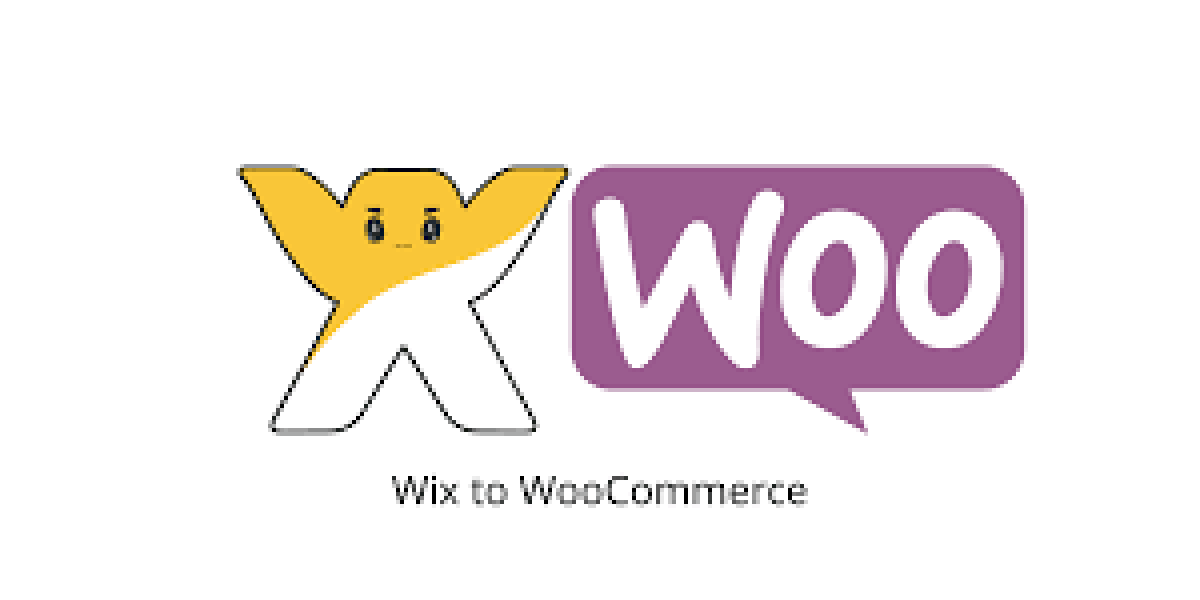Switching your online store from Wix to WooCommerce can open doors to a broader range of features, customization options, and scalability. However, the Wix to WooCommerce migration process isn’t always straightforward. It involves careful planning and execution to avoid data loss, downtime, or customer dissatisfaction.
In this article, we’ll explore the common challenges faced during migrate Wix to WooCommerce projects and how to tackle them effectively.
Why Migrate From Wix to WooCommerce?
Before diving into the challenges, it’s essential to understand why many businesses choose to transition from Wix to WooCommerce:
- Customization: WooCommerce offers extensive customization options through themes and plugins.
- Scalability: As your business grows, WooCommerce can handle larger product catalogs and higher traffic volumes.
- Ownership: WooCommerce is self-hosted, giving you complete control over your website.
- Advanced Features: WooCommerce supports features like multivendor marketplaces, advanced reporting, and integrations with third-party tools.
Common Challenges During Wix to WooCommerce Migration
1. Data Transfer and Organization
Migrating all your data — including products, categories, orders, and customer information — is one of the most critical steps. However, this process can be challenging due to:
- Data Format Differences: Wix and WooCommerce use different database structures, which can complicate direct data transfer.
- Incomplete Data Transfer: Missing product descriptions, images, or order histories during migration is a common issue.
- Data Cleanup Needs: Outdated or redundant data may need to be cleaned up before migration, adding to the workload.
How to Overcome It:
- Use migration tools like Cart2Cart, LitExtension, or WP All Import for seamless data transfer.
- Back up your Wix data before starting the migration.
- Double-check the mapping of fields between Wix and WooCommerce to ensure accuracy.
2. Rebuilding Website Design
Wix offers drag-and-drop design functionality, whereas WooCommerce relies on WordPress themes and page builders like Elementor. Recreating your store’s design can be time-consuming and tricky.
Challenges Include:
- Finding a WooCommerce theme that matches your existing design.
- Customizing the theme to reflect your brand identity.
- Ensuring mobile responsiveness and cross-browser compatibility.
How to Overcome It:
- Choose a WooCommerce theme that closely resembles your Wix store.
- Use page builders like Elementor or WPBakery for easy customization.
- Hire a developer if advanced customizations are needed.
3. SEO Impact
Switching platforms can temporarily affect your search engine rankings due to changes in URL structures, metadata, and page load speeds.
Challenges Include:
- Losing SEO rankings if redirects aren’t set up correctly.
- Differences in SEO tools and capabilities between Wix and WooCommerce.
- Potential downtime during the migration process.
How to Overcome It:
- Use plugins like Redirection to set up 301 redirects from your old Wix URLs to the new WooCommerce URLs.
- Transfer metadata (e.g., titles, descriptions) and alt tags for all images.
- Perform an SEO audit post-migration to identify and fix issues.
4. Integrating Payment Gateways
Wix comes with built-in payment gateway options, whereas WooCommerce requires you to set up and configure payment plugins manually.
Challenges Include:
- Finding compatible payment gateways.
- Ensuring PCI compliance and data security.
- Testing the checkout process to avoid errors.
How to Overcome It:
- Identify WooCommerce plugins that support your preferred payment gateways (e.g., Stripe, PayPal).
- Test the entire checkout process thoroughly to ensure smooth transactions.
- Enable SSL certificates to secure customer data.
5. Learning Curve
Wix is beginner-friendly, whereas WooCommerce involves a steeper learning curve due to its reliance on WordPress and additional plugins.
Challenges Include:
- Understanding the WordPress dashboard and WooCommerce settings.
- Managing plugins for added functionality.
- Learning new tools for SEO, analytics, and reporting.
How to Overcome It:
- Refer to WooCommerce’s extensive documentation and tutorials.
- Join online forums and communities for support.
- Consider hiring a WordPress expert for initial setup and training.
6. Migrating Media Files
Product images, videos, and other media files need to be transferred and re-optimized for WooCommerce.
Challenges Include:
- Broken links to images or missing media files after migration.
- Differences in image sizes and formats between Wix and WooCommerce.
How to Overcome It:
- Use plugins like Media Library Folders to organize and manage media files.
- Optimize images using tools like Smush or ShortPixel to improve loading speeds.
- Check all media files post-migration to ensure they display correctly.
7. Managing Plugins and Extensions
Unlike Wix, where most features are built-in, WooCommerce relies heavily on plugins to add functionality. While this is a benefit, it also adds complexity.
Challenges Include:
- Choosing the right plugins for essential features like SEO, email marketing, and inventory management.
- Avoiding conflicts between multiple plugins.
- Keeping plugins updated to prevent security vulnerabilities.
How to Overcome It:
- Research and install only the most reputable plugins for your needs.
- Use plugin management tools to monitor updates and conflicts.
- Regularly update all plugins to their latest versions.
8. Handling Customer Accounts and Orders
Migrating customer accounts and order histories is crucial for maintaining continuity in your business.
Challenges Include:
- Ensuring passwords are securely migrated (Wix encrypts passwords, which can’t be directly transferred).
- Matching order IDs and statuses between platforms.
How to Overcome It:
- Inform customers that they may need to reset their passwords after migration.
- Use WooCommerce extensions like Import Export Suite to handle customer and order data.
- Test the new setup by placing test orders and reviewing account details.
9. Ensuring Performance Optimization
WooCommerce requires optimization for speed and performance, especially if your Wix store was relatively fast-loading.
Challenges Include:
- Managing hosting, caching, and database optimization.
- Ensuring the store loads quickly on all devices.
How to Overcome It:
- Choose a reliable hosting provider optimized for WooCommerce.
- Use caching plugins like WP Rocket or W3 Total Cache.
- Optimize your database using plugins like WP-Optimize.
10. Maintaining Customer Communication
During migration, keeping customers informed is critical to maintaining trust and avoiding confusion.
Challenges Include:
- Informing customers about potential downtime or changes in their accounts.
- Updating email templates and communication settings.
How to Overcome It:
- Send emails or notifications about the migration timeline.
- Update contact forms and email templates to reflect your new store’s branding.
- Address customer queries promptly during the transition.
Final Thoughts
Migrating your store from Wix to WooCommerce can be a game-changer for your business, but it’s not without its challenges. By anticipating these obstacles and preparing solutions, you can ensure a smooth transition. From using a reliable Wix to WooCommerce migration tool to testing every aspect of your new store, careful planning is the key to success.
Remember, while the process may seem daunting, the benefits of moving to WooCommerce — including scalability, customization, and control — make it worth the effort. Embrace the migration journey, and your WooCommerce store will soon be ready to deliver an enhanced shopping experience to your customers.












